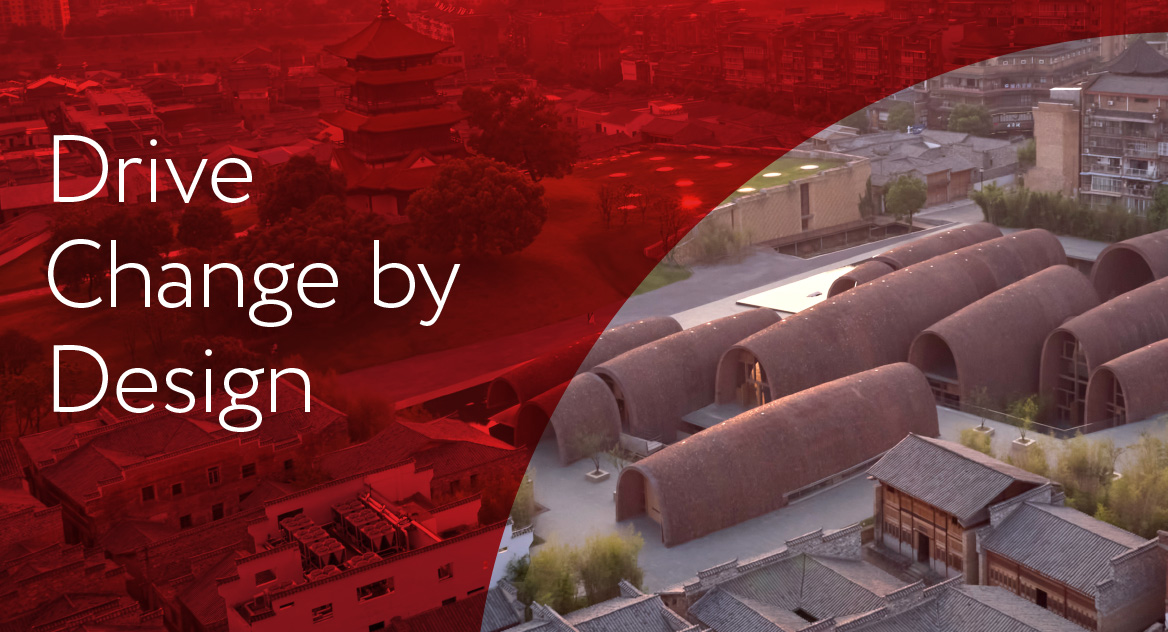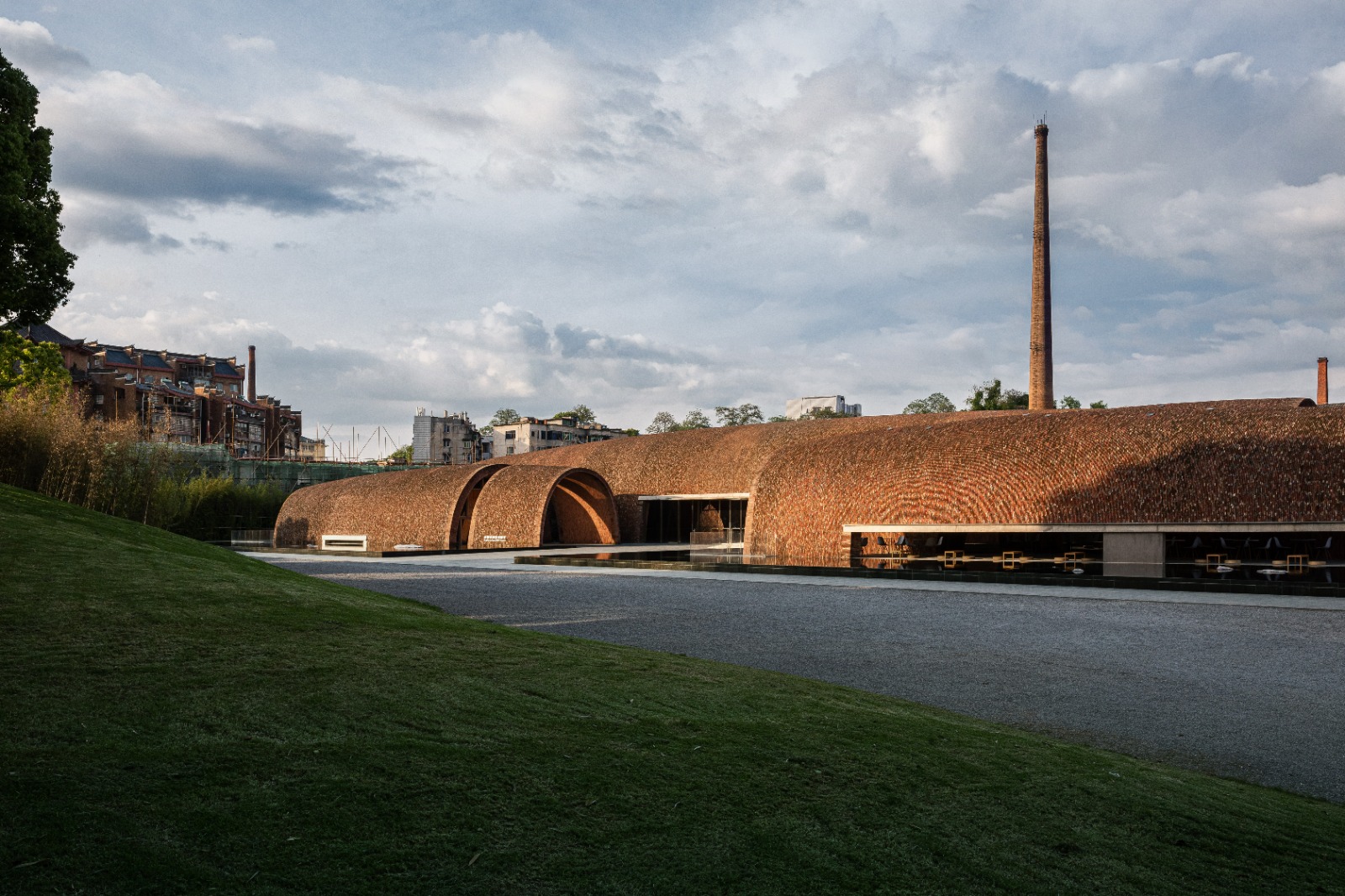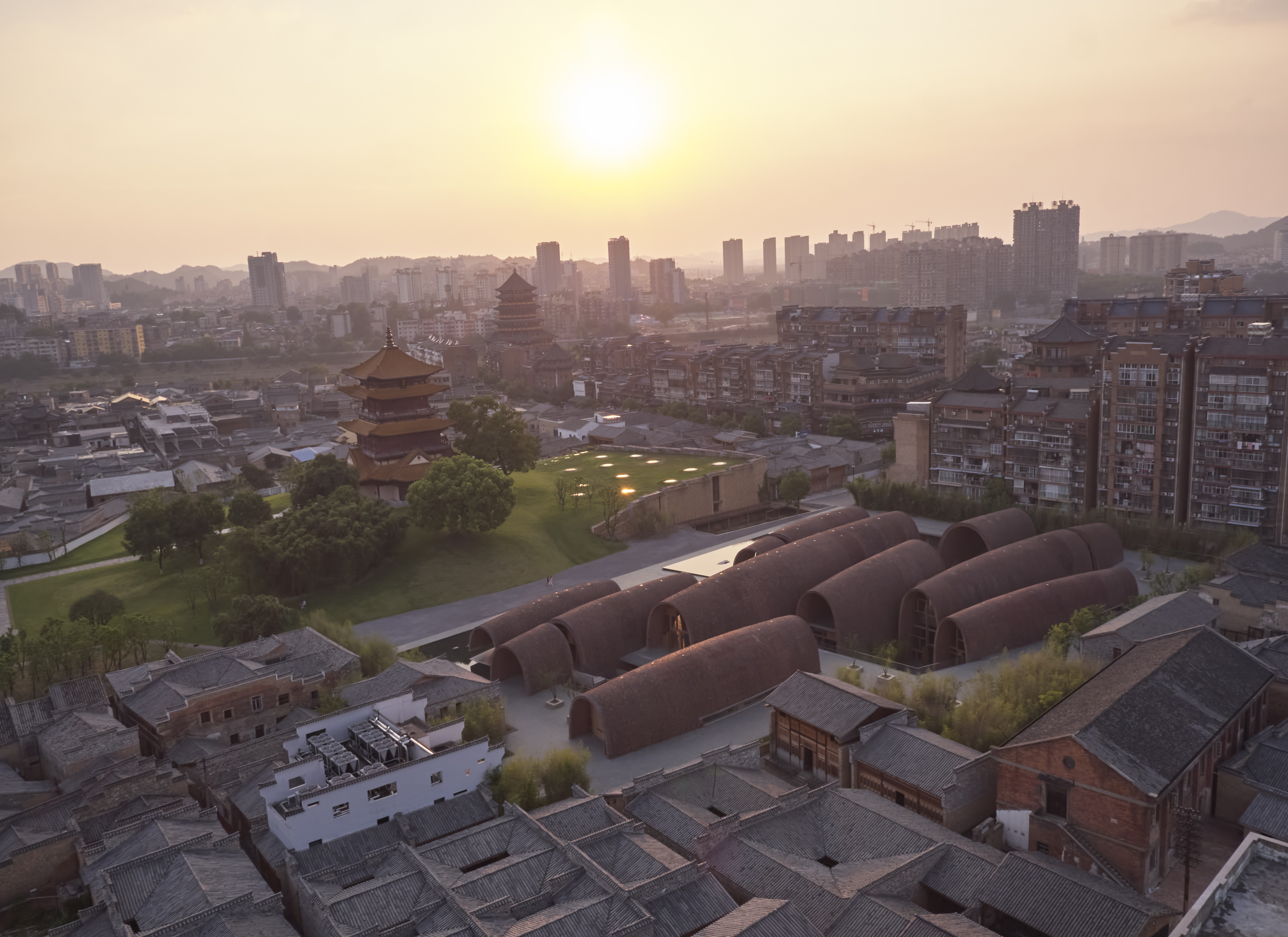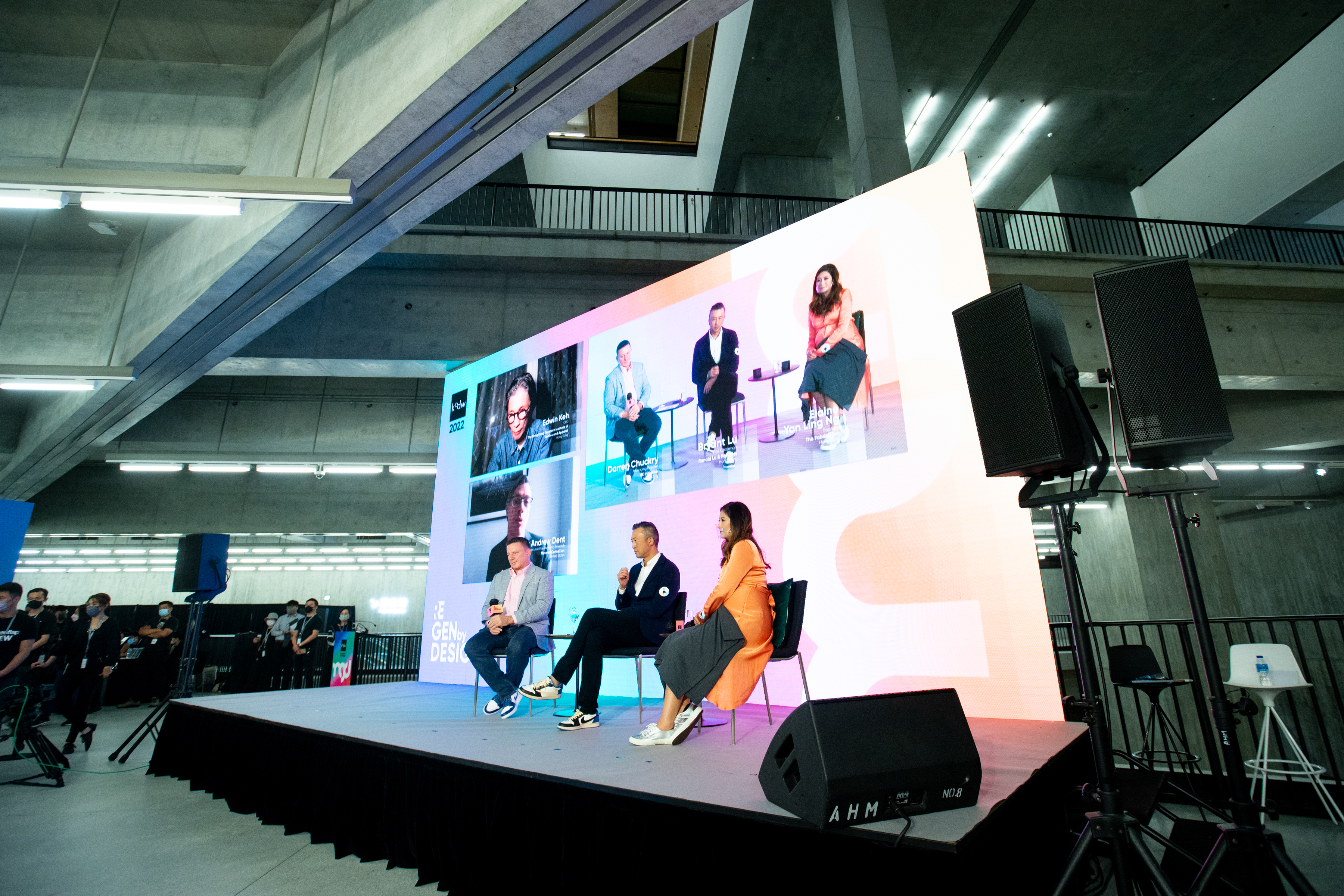DMatters September 2022 Issue
DIVING DEEP INTO DESIGN
with Dr Joseph Wong, Executive Director of HKDC

As we face a new world order, new challenges and new opportunities of our time, our society requires new, innovative thinking to adapt to these changes. Design is one of the most powerful tools for driving change, delivering high-impact solutions to improve our present situation and poising us for the future. By shaping our values and enabling more effective and sustainable models for individuals, organisations and societies, designers are always looking for ways to open up possibilities for a better world.
Design is one of the most powerful tools for driving change, delivering high-impact solutions to improve our present situation and poising us for the future.
 View of the Jingdezhen Imperial Kiln Museum from the Imperial Kiln Relic (Photo by schranimage).
View of the Jingdezhen Imperial Kiln Museum from the Imperial Kiln Relic (Photo by schranimage).
 The Museum blends in seamlessly with the neighbourhood’s historic urban landscape (Photo by Tian Fangfang).
The Museum blends in seamlessly with the neighbourhood’s historic urban landscape (Photo by Tian Fangfang).
I am particularly impressed by architectures that can weave various strands of a place’s heritage and culture into new narratives, as these are the elements that give a sense of personality and identity to a place, while securing its sustainability. Jingdezhen Imperial Kiln Museum by Zhu Pei, a speaker of our Business of Design Week (BODW) 2021, is a great example. Located in China’s porcelain capital and adjacent to the Imperial Kiln ruins of Ming Dynasty, it was built from a traditional construction method by mixing new and recycled kiln bricks, and blends in seamlessly with the neighbourhood’s historic urban landscape. Respecting its location with structures aligned with the city’s street grid, this welcoming space is a perfect example of designing for people, guiding passers-by and sightseers to walk past a bridge that leads to the foyer of the museum. Connecting history, decades-long craftmanship and its indigenous peoples, visitors can rediscover the roots of Jingdezhen in a unique, immersive way through this museum.
Connecting history, decades-long craftmanship and its indigenous peoples, visitors can rediscover the roots of Jingdezhen in a unique, immersive way through this museum.
It is encouraging to see more and more businesses incorporating social values into the core of their agendas. ‘The Plus’ in Norway, hailed as the ‘world's most environmentally friendly furniture factory’, is leading the way to forge a sustainable future for manufacturing. Constructed by the architecture firm BIG for the outdoor furniture maker Vestre, this 7,000-square-metre factory was completed in just 18 months and is made mostly of wood. The building combines the proven sustainability-focused approach ‘Passivhaus’ with a streamlined, robot-assisted production line that can reduce energy consumption by up to 90%, compared to a conventional factory. ‘It's untraditional for a factory to focus so much on sustainability,’ said its lead architect David Zahle. Besides being a manufacturing plant, it is also a sheltered play space for people to walk around and enjoy, attesting ‘that even a factory can become part of creating a good life’.
Even a factory can become part of creating a good life.
 Knowledge of Design Week (KODW) 2022 premiered on 24 September with an opening ceremony in M+, and was broadcasted live on bodw+ and ViuTVsix.
Knowledge of Design Week (KODW) 2022 premiered on 24 September with an opening ceremony in M+, and was broadcasted live on bodw+ and ViuTVsix.
As we draw inspirations from good designs around the globe, we are all set to bring home how ‘Regeneration by Design’ can affect positive change in our annual Knowledge of Design Week (KODW) from 22 August to 12 November. Jointly presented with our Strategic Partner the Netherlands, KODW is presented in a new format with workshops and masterclasses, and a series of four primetime television talks to be broadcast on ViuTVsix every Saturday night from 24 September. You can get to meet over 40 notable industry experts and creatives like Cherrie Atilano (CEO and President of AGREA Agricultural Systems International) and Miriam van der Lubbe (Creative Head of Dutch Design Week 2022 and Head of Programme) and Sébastien Borget (Co-founder & COO of The Sandbox), to explore how a regenerative design mindset can blaze a new path for our future, while helping us cope in a rapidly changing global landscape.
In this issue of DMatters, we share the transformative journey of 5 home-grown fashion brands from our Fashion Incubation Programme (FIP) and give a sneak peek of how BODW CityProg’s design-driven community projects are going to spark a wildfire of creativity across different districts in Hong Kong. Through our initiatives, we look forward to fostering a dynamic exchange of ideas and thoughts between different stakeholders that leads to more business and social innovations. Together, we can leverage the collective momentum across disciplines, drive change at scale and move towards a sustainable community.
Dr Joseph Wong
Executive Director
Hong Kong Design Centre